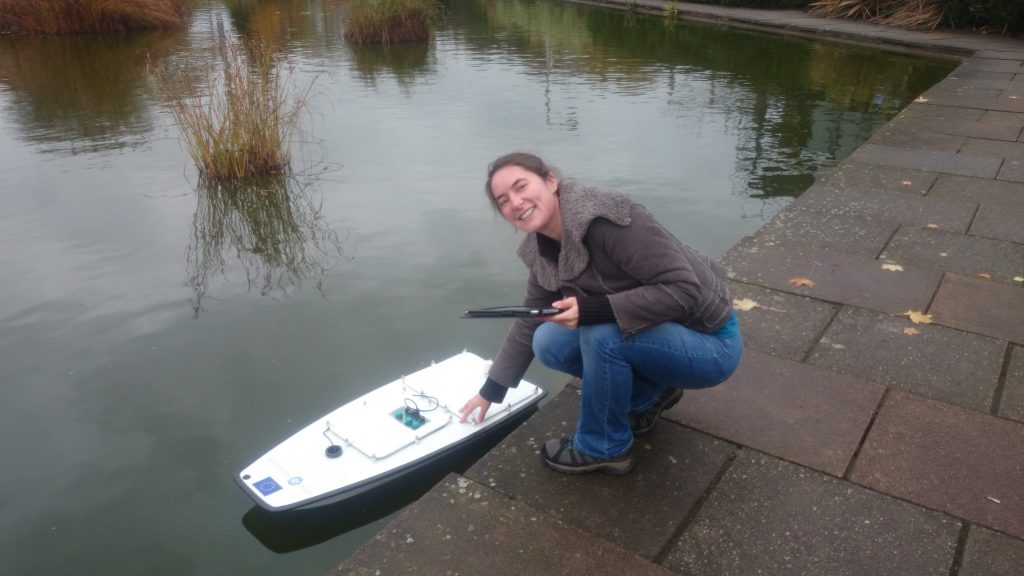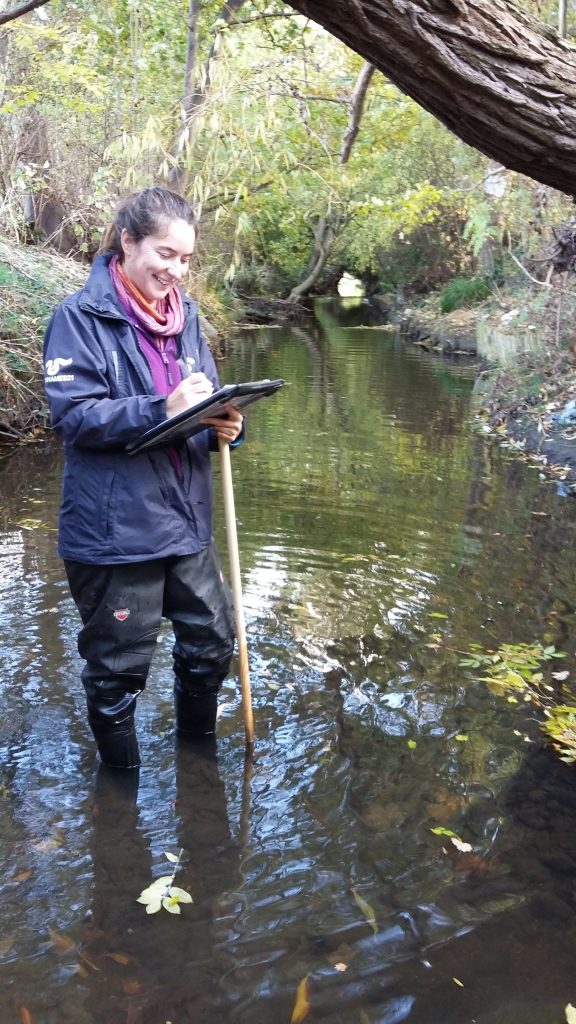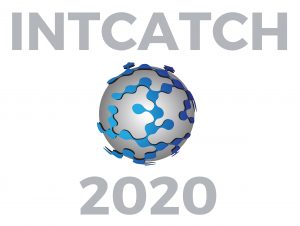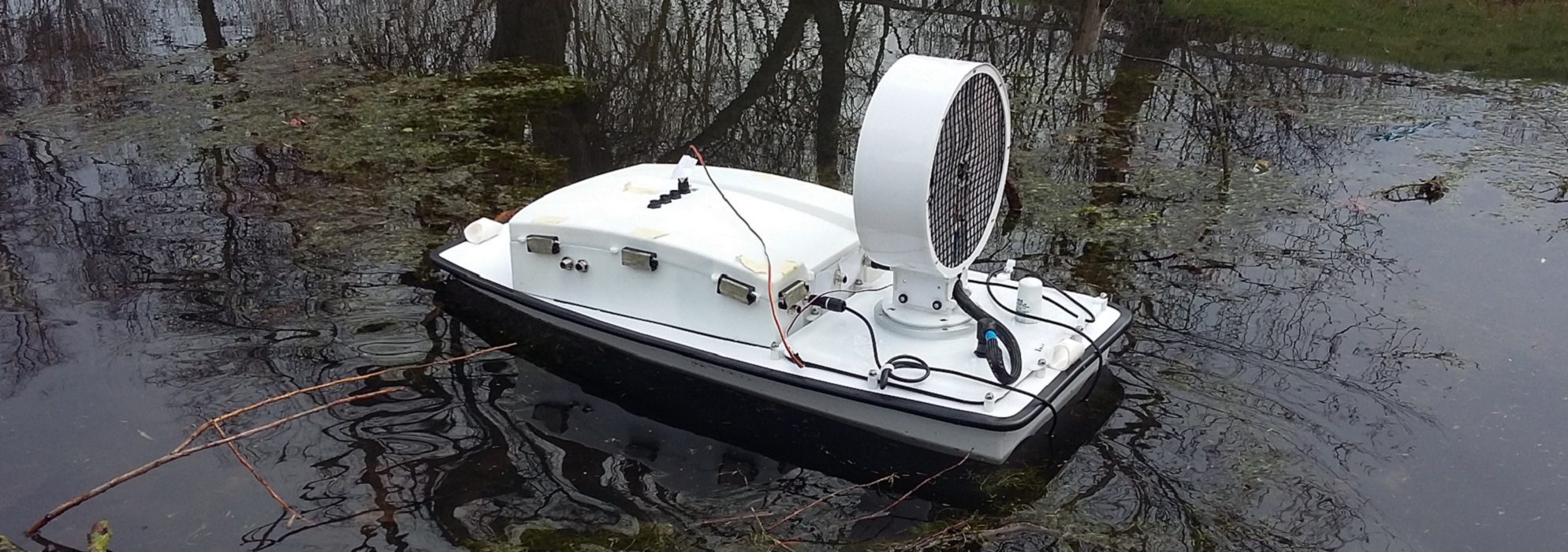INTCATCH: Smarter rivers and lakes
The poor water quality from which most of London’s rivers suffer is not just limited to the capital, or even the UK – and now the European Union has set up a research project to tackle the pollution issues faced by our watercourses.
There are many reasons for poor water quality. However, the methods and strategies to monitor water quality have not changed significantly in years.
The European-funded INTCATCH project will revolutionise the way that issues are identified and reported, by taking the laboratory to the field.
Residents who care about their local rivers will become citizen scientists and learn how to use these hi-tech robot boats to identify pollution in real time.

Water pollution
Our rivers are still far more polluted than they should be. Heavy metals leak into them through storm water from roads, and waste water and sewage from misconnected plumbing and pipes. Rural rivers suffer from sediment, pesticides and nutrients.
We know these problems exist, but until now it’s been difficult to pinpoint and access all the pollution. The waterways network in the Thames basin is massive and, even with the help of citizen scientists, it’s very difficult to monitor the network properly, let alone in real time.
Mapping the problem
Water quality monitoring strategies still usually involve an officer going to site and sending a sample to a lab, where tests are run with the results available two or three weeks later. This approach can help map local pollution but has limited impact in improving water quality across a larger area.
The INTCATCH project’s hi-tech approach takes floating ‘robot labs’ out to rivers and lakes to test water quality, making it easier to combat the many pollution pressures faced by these waterways.
The remote-controlled boats have an array of fixed sensors, probes and robust, highly accurate technology on board to test for known problem substances.
The sensors and boats will be linked to user-friendly online decision support software to help communities and authorities make decisions about when, where and how to best help the river.
A European-wide partnership
The three-year INTCATCH research project measures water quality in different ways in various places across Europe. It runs from 2017-2020 and is funded by the European Union’s Horizon 2020 research and innovation programme.
INTCATCH is a partnership spanning seven European countries and between 20 organisations, including Thames21, Brunel University and the Environment Agency in the UK.
How we work – become citizen scientists
Over the three years of the project, we’re going to be developing and testing this technology on four river catchments; the Pinn, Uxbridge; the Salmons Brook, Enfield; the Hogsmill in Epsom and Ewell and Kingston and the canal network in Thamesmead.

Thames21 has become involved in the INTCATCH project because of its strong reputation working closely with communities and citizen scientists who want to clean up and protect their rivers.
We will train volunteers to use the boats and tools to map water quality – and you don’t have to think of yourself as a scientist.
Rather than relying on experts, ordinary citizens who care about their local rivers or lakes will be able to use the boats to collect research evidence themselves and find out just how healthy their local river is.
What impact will this have?
Communities and NGOs will be able to set up sustainable water quality management plans that are much quicker in reacting to water quality issues.
Real-time monitoring of water quality means solutions to pollution problems can be found much faster – and on a catchment-wide basis.
This catchment-based, holistic approach to caring for rivers ensures that rivers across an area are looked after as a whole, not in isolation. This will enable quicker solutions to be found to pollution issues in rivers.


